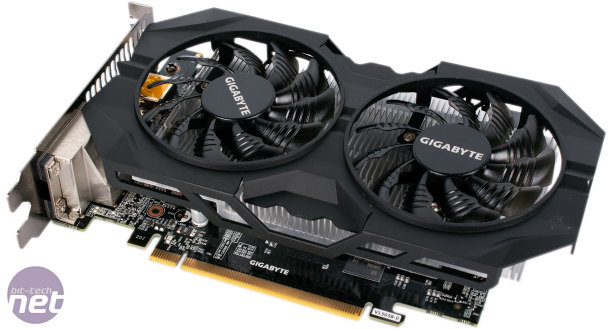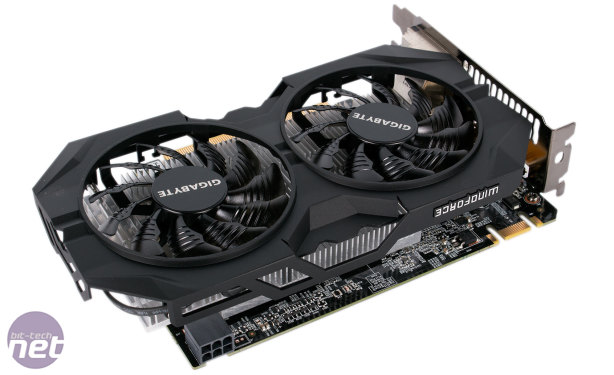Performance Analysis
Alien: Isolation sets the tone of what's to come, with the GTX 950 placing pretty much bang in the middle of the R7 370 and GTX 960. This is the least demanding game in our suite, and it manages a minimum of almost 60fps with maximum settings. Even at 1440p it's easily playable so it's a good start.In our other two shooters it's also smooth at 1080p. In Battlefield 4 it manages a 36fps minimum and in Crysis 3 we see 33fps. The R7 370, meanwhile, is unable to hit 30fps. These tests are with everything set to maximum (minus AA in Crysis 3). At 1440p, both games prove to be too much, which is to be expected as the same is true for the GTX 960.
GTA V is a smooth experience at 1080p as well. The GTX 950 delivers 8fps more than the R7 370 on the minimum and this is where it has its biggest advantage over the red team's competing card. At 1440p, it again manages a minimum that's over 30fps where the R7 370 cannot.
Middle Earth provides the most interesting set of results, as it breaks the pattern – the R7 370 easily surpasses both the GTX 950 and GTX 960, which are unplayable even at 1080p. The GM206 cards are clearly being held back, either by their 2GB frame buffer or their memory bandwidth. Without an R7 370 2GB to hand (ours is a 4GB SKU), we couldn't say for sure, but we expect it's a combination of both. Of course, we are testing at maximum settings; dialling them down would likely alleviate the bottleneck. However, it does hint at problems of longevity for the GTX 950. 4GB versions will almost certainly be available given that both the GTX 960 and R7 370 come in 2GB and 4GB flavours, but the relative lack of memory bandwidth could still be an issue.
Our last game is The Witcher 3, where things return to normal. Our card just scrapes a 30fps minimum, meaning that a reference one would likely fall short of this target here – that's not surprising given how demanding the game is.
Looking at average frame rates across our six games, the GTX 960 is 19 percent quicker at 1080p, though it does have a more significant overclock than our GTX 950 relative to reference clocks. The Unigine Valley results show similar findings; at both resolutions the GTX 960 is around 25 percent quicker. Meanwhile, excluding Middle Earth, the GTX 950 is 22 percent faster than an R7 370 at 1080p, but again at reference speeds this difference would be a little smaller.
Power consumption is definitely low but we wouldn't say it's outstanding. Our system with the GTX 950 in consumes a few watts more than with the R7 370 in. Temperatures are also fine; we'd rather Gigabyte had gone a bit less aggressive with its fans, as under load they were audible – we'd be happy to trade a few degrees Celcius for quieter gaming and a semi-passive mode. Under sustained load the fan reached 67 percent speed, around 2,100 RPM.
With the core and memory overclocked by 19 and 18 percent respectively, our retests show improvements of between 16 and 21 percent. At these settings the card performs very similar to an overclocked GTX 960, so reaching stock GTX 960 with a GTX 950 is definitely possible. Remember, however, that the GTX 960 is an equally potent overclocker. Also note that the new speeds and additional memory bandwidth were not enough to remove the bottleneck in Middle Earth – performance went up, yes, but was still far off the R7 370 4GB, where things were noticeably smoother and actually playable. Overclocked, power consumption went up by about 20W, and this meant the fans got a little noisier in order to keep temperatures level.

MSI MPG Velox 100R Chassis Review
October 14 2021 | 15:04











Want to comment? Please log in.